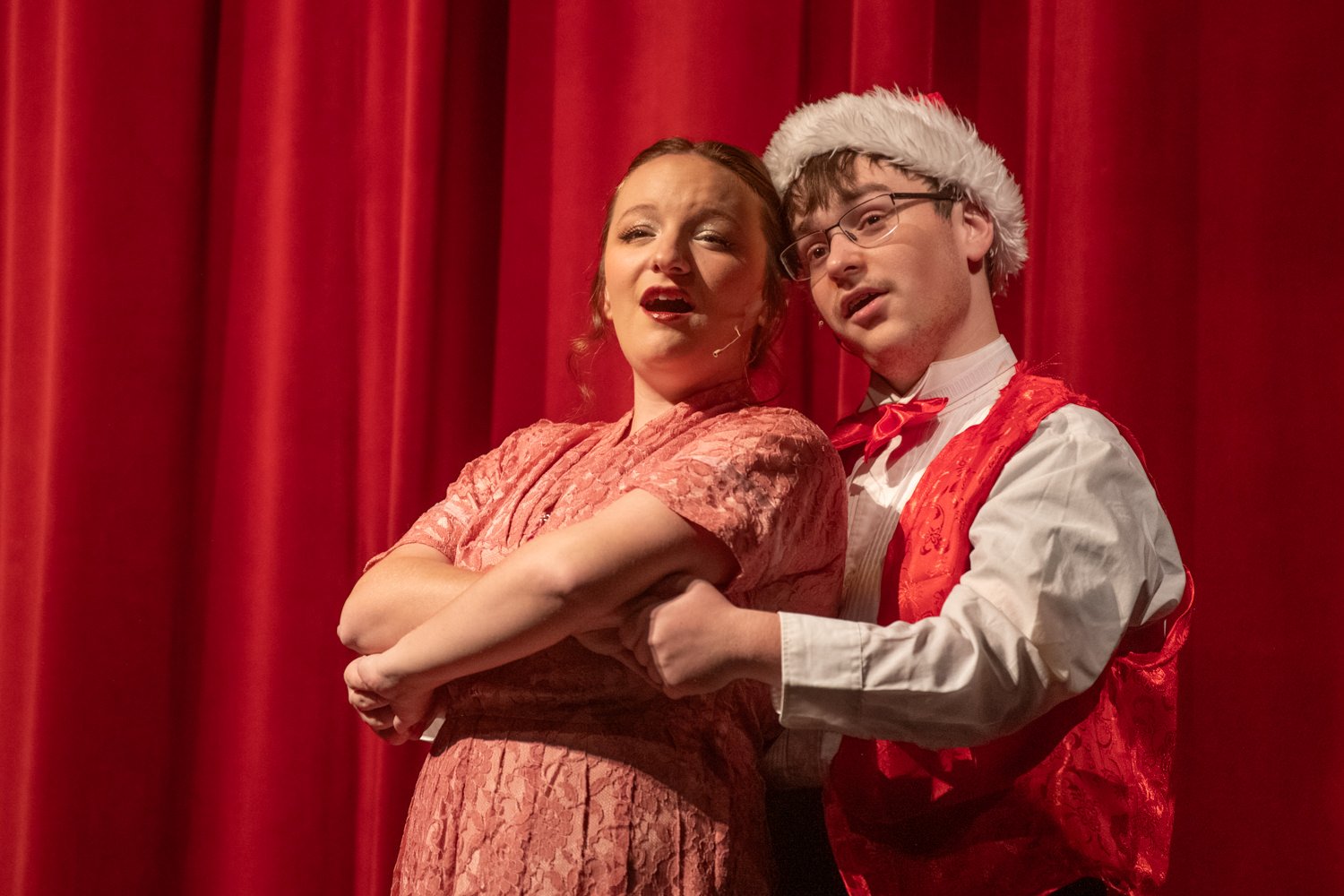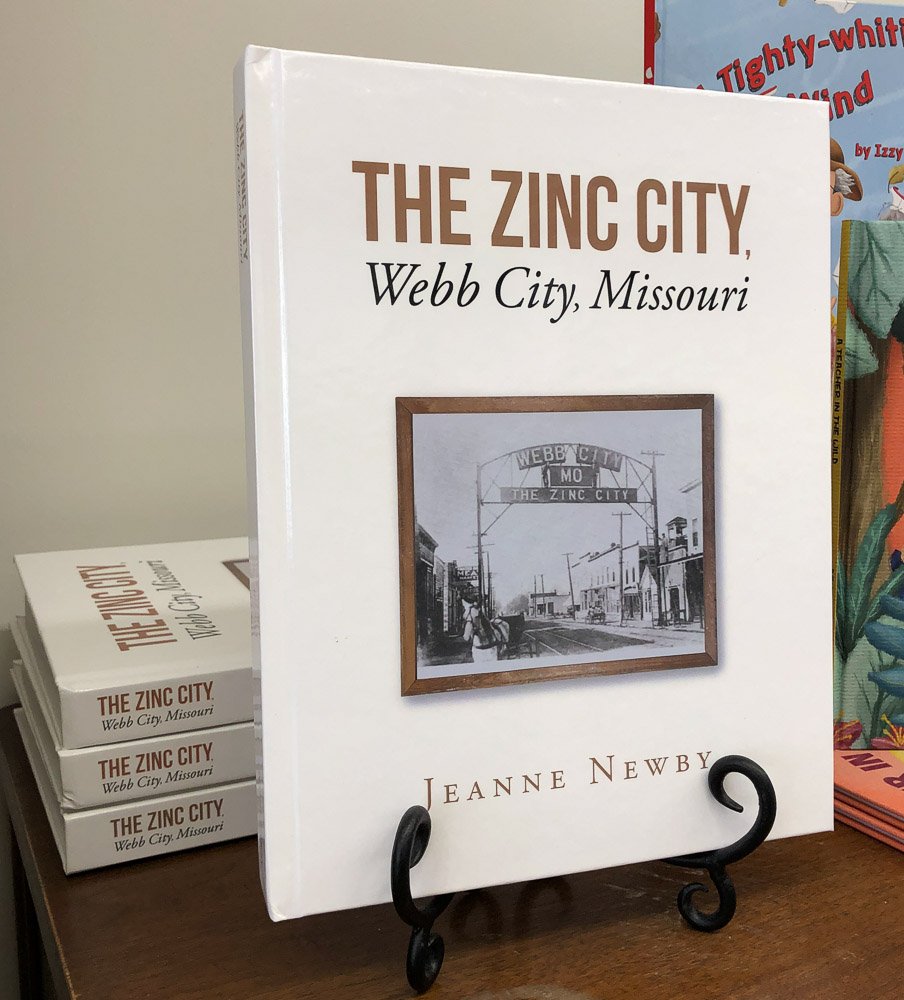
Last week, we talked about popular occupations in 1928. This week, let’s move forward 19 years to 1947.
There are a few occupations listed in 1947 that seem out of place in the 21st century. One man’s occupation was that of a hide, wool and fur buyer. That job has a western feel, something you would think belongs out west, but it was apparently a good money-maker in the middle of the 20th century.
Some places of employment are memories of the past, such as the Allen Concrete Block Co., at 601 N. Main St. Believe it or not, we had two concrete block companies. Ira Clark operated at 305 N. Main St.
Through the 1970s, in fact, many area citizens were employed at Rex Metallic Casket Co., 111-115 E. Church St. To go along with that, there was the Cobble Concrete Burial Vault Co.
Elmhurst, the Jasper County Tuberculosis Hospital, and Jane Chinn Hospital also employed many.
And we can’t forget the whirring sewing machines at Elder’s Shirt Factory and Smith Brother’s Mfg. Co. We all had family members who worked there.
There were many employed by the military and the grain company.
Blacksmith was an unusual occupation by 1947. But this particular blacksmith did not shoe horses. He worked at the Hickam Metal Works, 524 E. Daugherty St.
There were several shovel operators, but it wasn’t mentioned where they were employed. They may have been independent contractors.
Still in business, the Webb Corp had many employees at 402 E. Broadway.
Webb Citians also made cigars, mattresses, bags and explosives.
Hard to believe but in 1947, Webb City had three taxi cab companies: Everitt Cab Co., 210 N. Main St., (also Tarrant’s Cabinet Shop), the Thirty Two Taxi service, 114 East Daugherty St. (also George Gordon Cafe) and the Webb City Cab Company at 10 ½ S. Main St. (also Randall’s Cafe). There were still miners in Webb City during the ’40s.
Since the streetcars had been replaced by buses, there were bus drivers instead of streetcar engineers. I thought the occupation of a car launderer was interesting. We know them today as car washes, but in 1947, the Woodmansee Brothers had their Automobile Laundry at 114 W. Daugherty St. Another interesting occupation was magician. You can’t help but wonder about how often someone hires a magician. But what a fun occupation!
In comparing the occupations of 1928 with those of 1947, we see changes in Webb City. The early days revolved around mining, followed by manufacturing in the ’40s.
Webb City has had a personality of her own throughout the years, and the citizens of Webb City have been at the heart of that personality. No matter what occupation, everyone was needed to keep the city going. I think the main ingredient has been pride in the community. As the modern day slogan goes, “Webb City… We Love It Here.”

